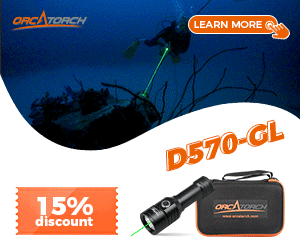I am also going with them in April aboard the Oceanic Explorer. As you might have read, the Island Explorer operated by Explorer Fleet (aka ScubaWorld) is has been aground on Apo Reef since 21 December.
I was just on the Big Blue Explorer (BBE) in Palau which is another of their boats. I found that boat to be good although certainly not the same as a custom designed live-a-aboard. My room was large for a live-a-board and the AC worked just fine. The BBE was a Japanese communications boat in its former life. Food was plentiful but not exceptional. No issues. Served buffet style and as such generally lukewarm. No worries.
Dive guides were thorough in briefings and good attention to safety. There were four dive guides in addition to the manager and they were variable in the degree to which they looked after people in the water. Some would point out interesting critters while others were more or less there to make sure everyone got in and out of the water. The would have two guides for each group - one leading the dive and the other taking up the rear.
The following are some additional notes from my Palau trip relative to how diving was conducted.
All diving is done in groups. There are two dive guides in the water. One guide at the front of the group and another at the back. Since there are ten guests we are all diving from the same chase boat. The maximum depth is 100 feet and dive lengths are typically 45 minutes. Our longest dive of the trip was 67 minutes. In general, dives of 45 to 50 minutes. Buddy diving although not enforced but this makes little difference since this is generally group diving. Nitrox is recommended. The cost for the week is $150. A nitrox course to include nitrox for the week is $225. A good deal. Half of this group is using Nitrox. The fills are can be 32 or 36 Enriched Air Nitrox (EAN) but all of the fills I have seen are between 30 and 32.
The chase boat is comfortable, fast, and covered. There is water and towels as well as a radio and other safety equipment. Water entry is a back roll off the front or back of the chase boat. Re-entry is via a ladder. Most divers hand up their fins and then climb back on board with their equipment. There is no separate camera area or rinse tank aboard the chase boats but the crew is careful with the camera equipment.
Diving briefings are conducted before each dive on the bar deck. A white board contains a diagram of the site, expected depth, hook-in points, and features of special interest. The dive guides carry safety reels and a float is deployed prior to starting the standard safety stop. All guests are provided with a safety tube and reef hook. A briefing is provided on how each item is employed.



